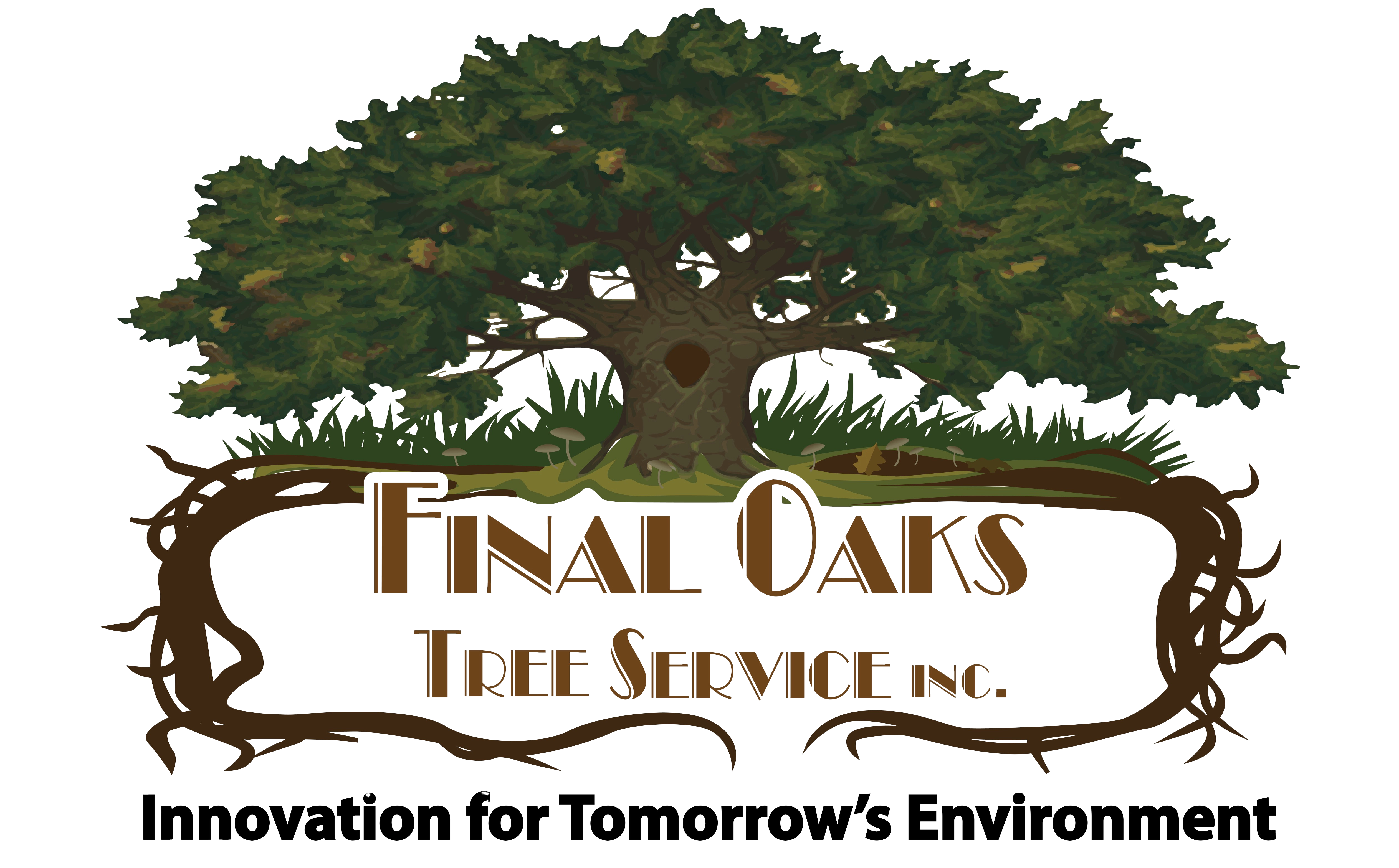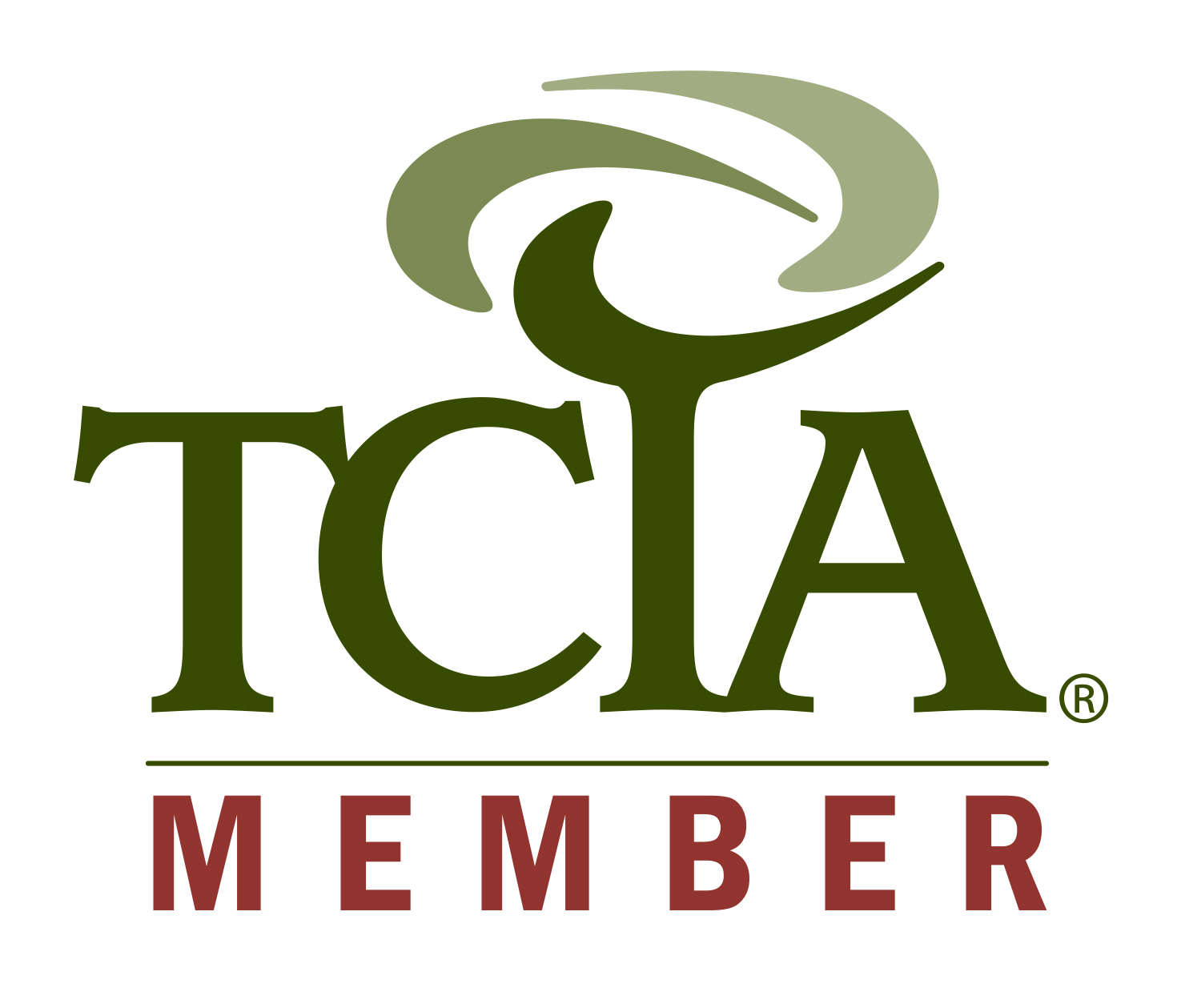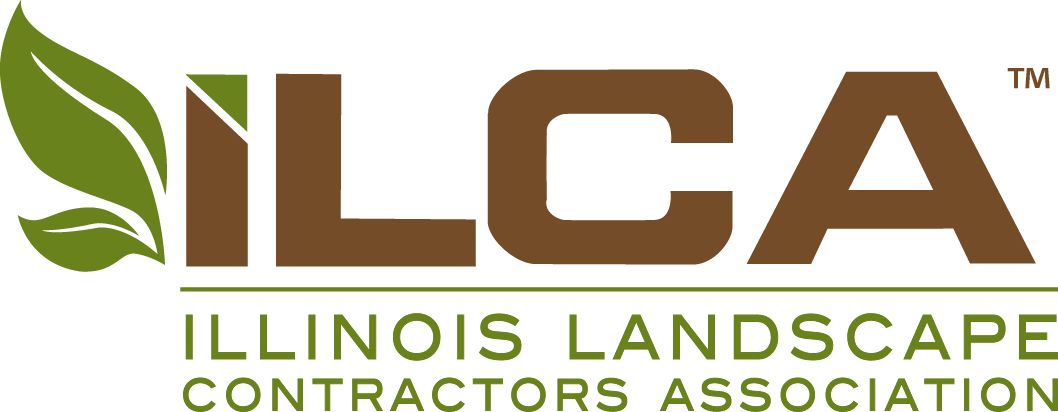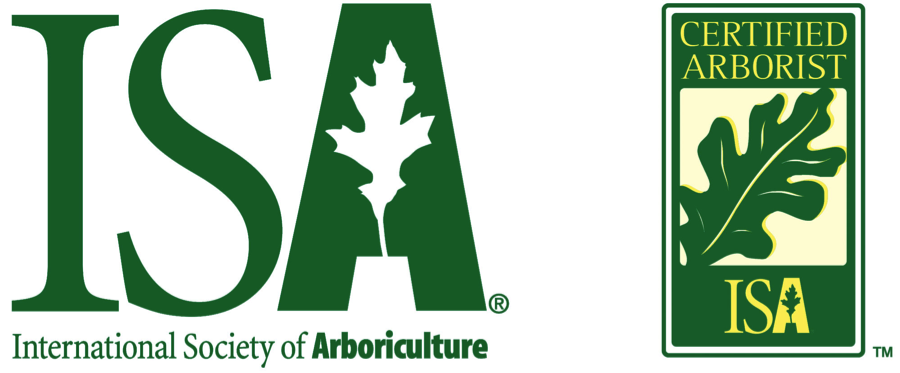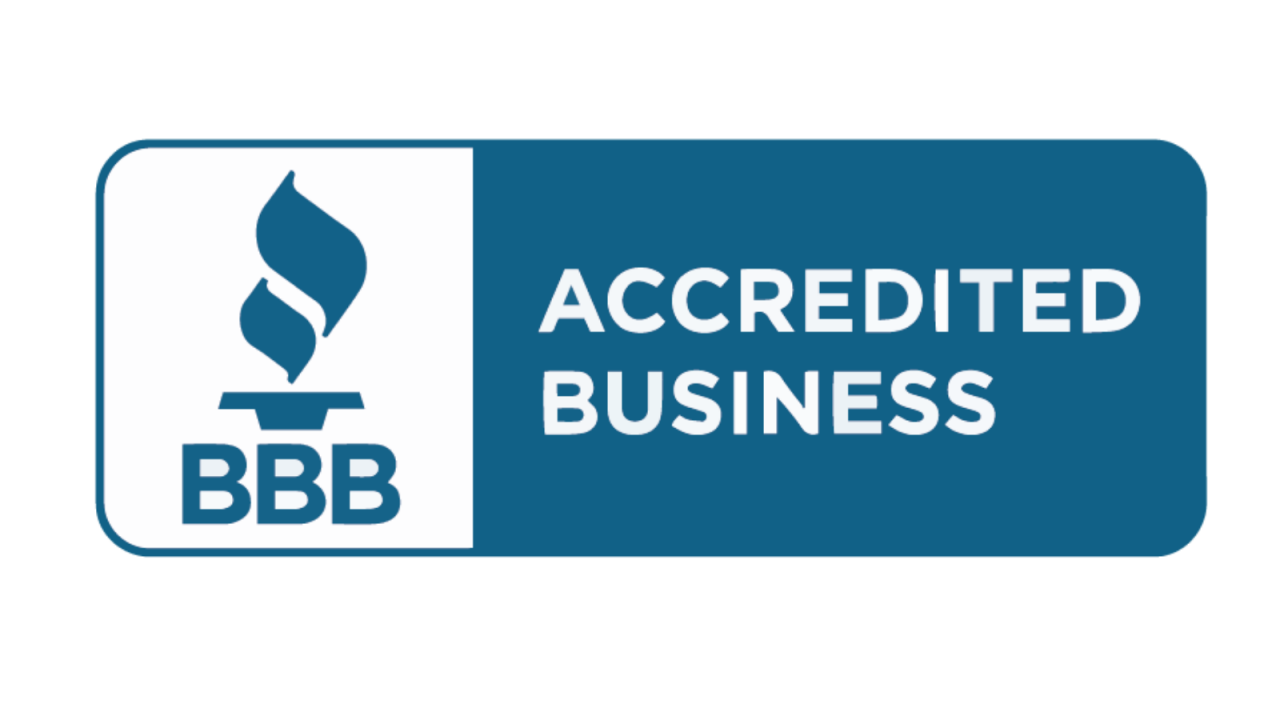
Using a crane to take out trees cuts down on damage to your yard and other things nearby. The crane lifts tree sections straight up and away, so branches don’t hit anything on the way down. This method works well for trees in tight spots or close to structures.
You might worry about the cost, but crane removal can save you money in the long run. It helps avoid expensive repairs from fallen trees or branches. The job also gets done faster, which means less time with workers on your property.
The Importance of Safety in Tree Removal
Safety is crucial when removing trees. Proper protocols and certified professionals help protect people and property from harm during this risky process.
Understanding Safety Protocols
Safety protocols are key in tree removal. You need to wear protective gear like helmets, goggles, and gloves.
Check the area for hazards before starting work. Use the right tools for the job and make sure they’re in good condition. Then, follow proper cutting techniques to control where the tree falls.
Set up a safe work zone and keep others away from the area. Make sure to have a clear escape route planned.
Always work with a partner. They can watch for dangers and help if needed. Don’t work in bad weather, as high winds or rain increase risks.
Role of Certified Arborists
Certified arborists are tree care experts. They have special training in safe tree removal, so you can trust them to do the job right.
Arborists know how to assess tree health and structure. This helps them plan the safest removal method. They also understand how different tree species behave when cut.
These pros use advanced techniques like crane tree removal. This can reduce risks in tight spaces or near buildings.
Arborists carry insurance to protect you if accidents happen. They also know local laws about tree removal to keep you out of legal trouble.
Crane-Assisted Tree Removal Explained
Crane-assisted tree removal is a safe and efficient method for taking down large or hard-to-reach trees. This technique uses specialized equipment to minimize property damage and speed up the process.
The Process of Crane Tree Removal
The crane tree removal process starts with a thorough assessment of the tree and surrounding area. Experts measure the tree’s height, weight, and position to plan the safest removal strategy.
Next, the crane operator sets up the equipment. They position the crane carefully to avoid damaging nearby structures or landscaping. Then, the crane’s arm extends over the tree, ready for action.
Tree climbers then secure strong cables to the upper branches. These cables attach to the crane’s hook. As the crane lifts sections of the tree, workers on the ground cut them free.
The crane lowers each piece gently to the ground, where it’s quickly processed. This method allows for precise control, reducing the risk of falling debris.
Benefits of Using Cranes for Tree Removal
Crane-assisted removal offers several advantages over traditional methods. It’s much faster, often completing in hours what might take days otherwise.
The technique is safer for workers, who spend less time in the tree, reducing the risk of falls. It also protects your property. The crane can lift tree sections over buildings, fences, and delicate landscaping.
This method is ideal for trees in tight spaces or near structures, as it minimizes ground disturbance. This makes it great for areas with sensitive vegetation or underground utilities.
Crane removal is often more cost-effective in the long run. While the initial cost may be higher, you avoid potential property damage and lengthy cleanup.
Minimizing Property Damage
Crane tree removal offers precise control and handling of heavy loads in tight spaces. This method excels at safely removing unstable or oversized trees that pose risks to nearby structures.
Precision in Confined Spaces
Cranes allow for careful maneuvering of tree sections in tight areas. You can avoid damage to buildings, fences, and landscaping. The crane operator lifts cut portions straight up and out, rather than letting them fall.
This technique works well in small yards, areas with nearby power lines, and spots close to homes or other structures. Crane removal also reduces the need for climbers to move through the tree, lowering risks of branches or debris falling onto property below.
Dealing with Unstable and Large Trees
Cranes excel at removing trees that are diseased or decaying, storm-damaged and unstable, or extremely tall or wide.
The crane supports the weight of unstable sections before cutting. This prevents unexpected falls that could harm people or property.
For massive trees, cranes can lift whole trunks safely over obstacles. You avoid the risks of sectioning a huge tree piece by piece.
Crane methods also work quickly, so there’s less time with heavy equipment on your property and less potential landscape damage.
Advanced Tree Removal Techniques
Crane tree removal offers cutting-edge solutions for dealing with difficult tree situations. This method combines precision and power to tackle complex jobs safely and efficiently.
Challenging Situations and Versatility
Crane tree removal shines in tight spaces. You can use it to remove trees near buildings, power lines, or other obstacles. The crane’s long reach allows workers to access tricky spots without damaging property.
This technique works well for very tall or large trees too. The crane can lift heavy sections, reducing the risk of falling limbs. It’s also useful for diseased or damaged trees that might be unsafe to climb.
Crane removal adapts to different terrains, so it can position itself to do the job whether the tree is on a slope, in a backyard, or surrounded by other plants.
Incorporating Heavy Machinery
Cranes bring strength and precision to tree removal. They can lift whole sections of a tree, reducing the need for piece-by-piece cutting. This speeds up the process and lowers risks.
Advanced artificial intelligence is starting to play a role in crane operations. These systems help operators make safer, more efficient moves.
Other machines often work alongside cranes. Chippers can quickly process branches and trunks, while stump grinders can remove the tree’s base.
Using heavy machinery requires skill, so trained crews know how to use this equipment to minimize damage to your property. They can remove trees with less impact on the surrounding area.
Post-Removal Operations
After crane tree removal, important steps remain to clean up the site and prevent future issues. These operations ensure your property is left safe and tidy.
Stump Grinding and Site Cleanup
Stump grinding is often the next step after crane tree removal. A grinding machine removes the stump to below ground level, eliminating tripping hazards and unsightly remains.
The process usually takes 30 minutes to an hour per stump. After grinding, the area is filled with wood chips and soil. This prevents water pooling and helps grass regrow.
Site cleanup involves raking and leveling the surrounding area. Workers remove any scattered debris and smooth out ruts from equipment. This step helps your yard look neat and reduces landscape damage.
Debris Removal and Disposal
Debris removal is crucial for site safety and aesthetics. Branches, trunk sections, and leaves are collected and sorted. Large pieces may be cut into smaller, manageable sizes.
You have several disposal options:
- Chipping for mulch
- Hauling to a green waste facility
- Cutting for firewood (if suitable)
Professional crews use specialized equipment for efficient debris removal. This includes chippers, loaders, and trucks. They ensure all tree parts are properly disposed of or recycled.
Proper disposal prevents pest infestations and complies with local regulations. It also reduces fire hazards and keeps your property clean.
Selecting a Professional Tree Removal Service
When choosing a tree removal service, look for companies with proper credentials. Check if they have insurance and certifications from professional arborist organizations.
Ask about their experience with crane tree removal, as this method can help minimize property damage during large tree removals.
Request quotes from multiple professional tree removal services. Compare prices, but don’t automatically choose the cheapest option. Quality and safety should be top priorities.
Check online reviews and ask for references. Past customers can give you insight into a company’s reliability and work quality.
Make sure the tree removal service uses proper safety equipment, and ask about their cleanup process. A good service will remove all debris and leave your property tidy after the job is done.
Discuss the timeline for the project, including how long the removal will take and when they can start. Then, get everything in writing, including a detailed contract outlining the scope of work and costs.
Don’t forget to ask about stump removal, as some services include this while others charge extra.
Protecting Your Property From Storm Damage
Strong winds and heavy rain can cause significant property damage. Large trees near buildings are especially risky during storms. To protect your home, consider removing dangerous trees before bad weather hits.
Crane-assisted removal is often the safest way to take down big trees. Cranes allow precise control, minimizing the risk of branches falling on structures.
Regular tree care is crucial for storm preparation. Trim dead or weak branches. Then, remove diseased trees. Lastly, thin dense canopies to reduce wind resistance. These steps help trees withstand high winds better.
For trees you keep, proper maintenance enhances their ability to survive storms. Deep root systems and strong trunks are key. Proper pruning and fertilization promote tree health.
Before a storm, secure loose items in your yard. Move patio furniture, grills, and potted plants indoors. These can become dangerous projectiles in high winds.
Check your gutters and downspouts. Clear any blockages to ensure proper water drainage. This helps prevent water damage to your home’s foundation and walls.
Consider installing storm shutters or impact-resistant windows. These protect against flying debris and reduce the risk of structural damage.
Navigating Hard-to-Reach Areas

Crane tree removal shines when dealing with tricky spots. You might have trees nestled between buildings or hanging over structures. These hard-to-reach areas are where cranes prove their worth.
Cranes can extend over obstacles, reaching spots that ground crews can’t access. This means you don’t need to worry about damaging lawns or gardens with heavy equipment.
Here’s how cranes help navigate tough spots:
- Reach over fences and buildings
- Access trees on steep slopes
- Remove trees from tight spaces
The crane operator has a bird’s-eye view of the work area. This lets them guide the removal process with precision.
You’ll find that crane tree removal is fast and efficient. The crew can often remove a tree in sections, lowering each piece safely to the ground.
Cranes also minimize the need for climbing. This keeps workers safer, especially when dealing with unstable or diseased trees.
Remember, professional crane operators are skilled at maneuvering in congested areas. They can work around power lines and other hazards with ease.
By using a crane, you protect your property from the damage that might occur with traditional removal methods. It’s a smart choice for those tricky tree situations.
